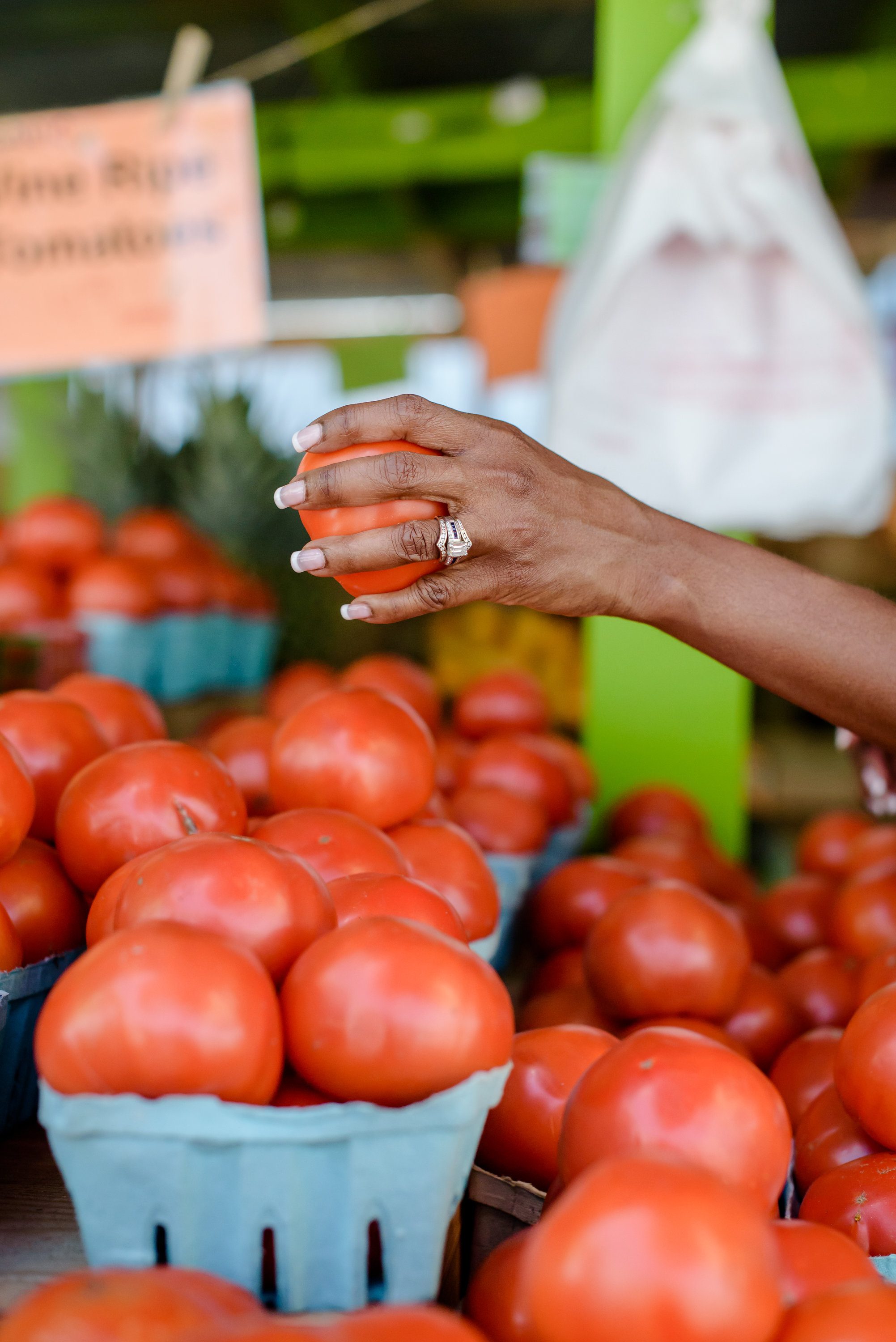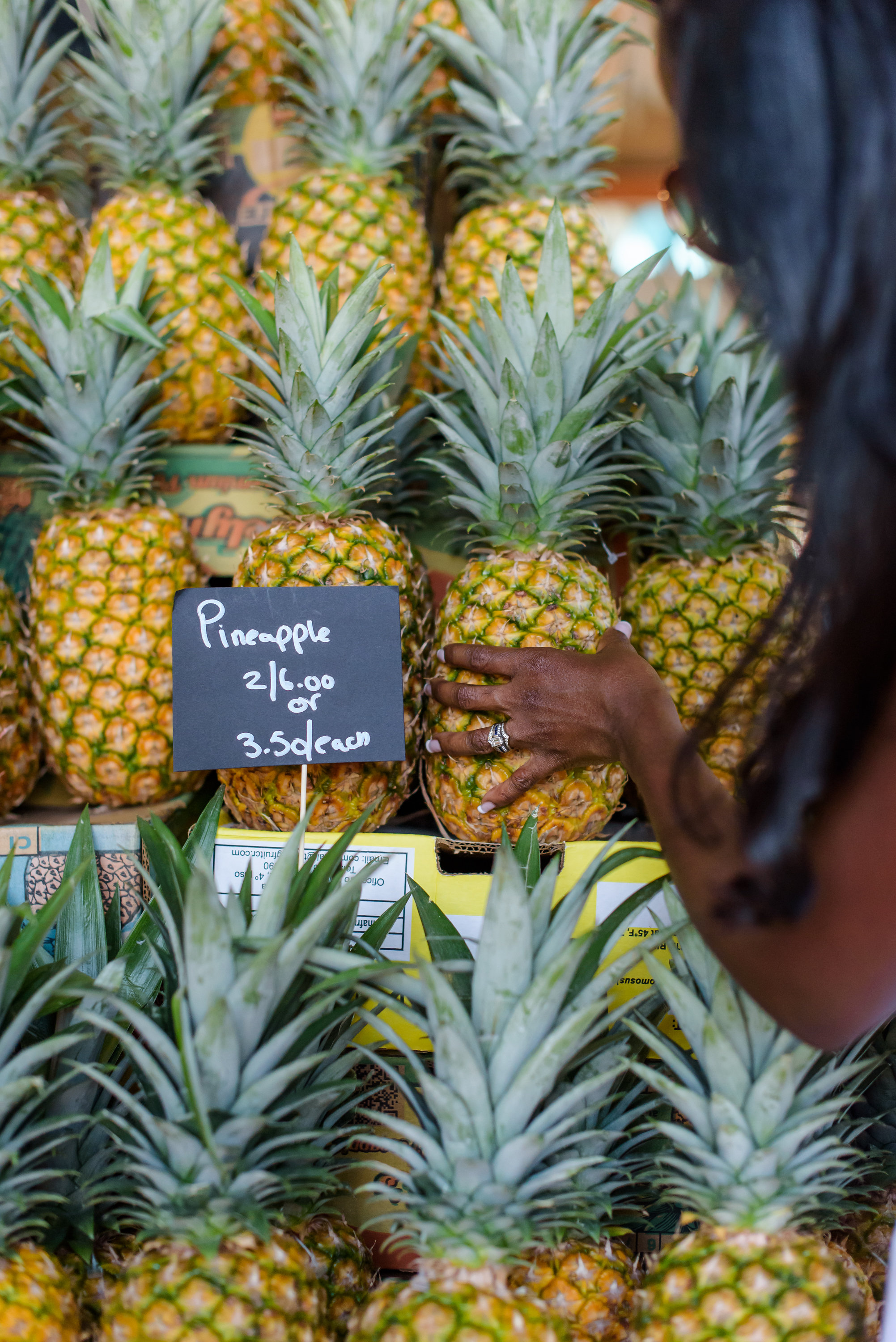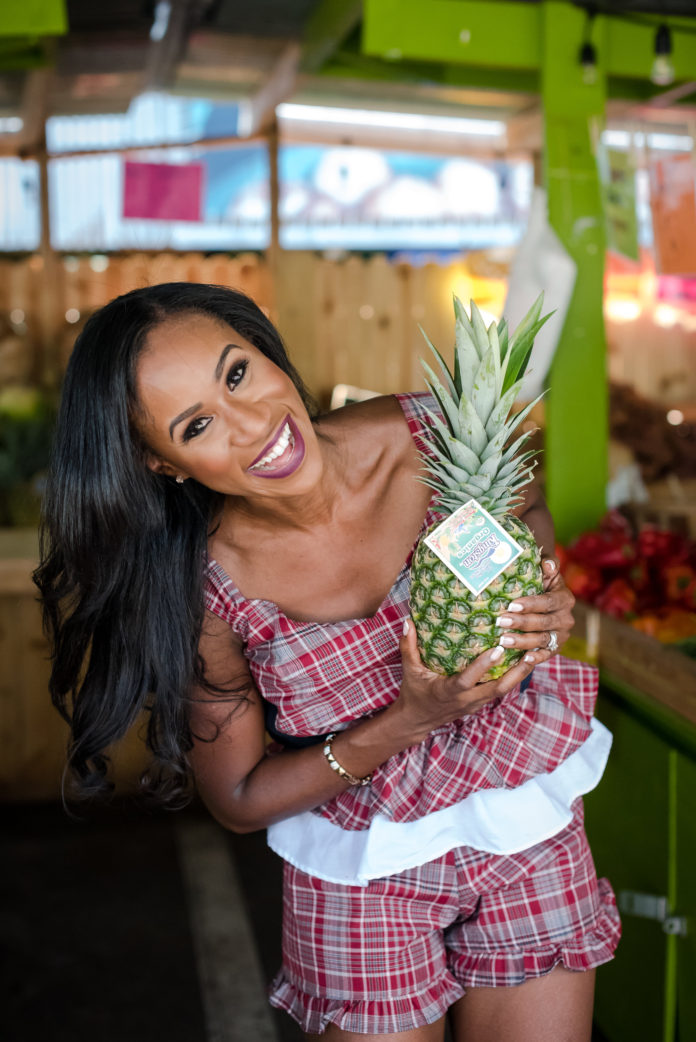Every year shoppers tune into the Environmental Working Group (EWG) for the guide to their clean fifteen and dirty dozen list. Taken from the EWG’s Food News section there is a Shopper’s Guide to Pesticides in Produce™ and they have updated it each year since 2004. The list ranks pesticide updated every year since 2004, ranks pesticide contamination of 47 popular fruits and vegetables. The guide is based on results of more than 38,800 samples of produce tested by the U.S. Department of Agriculture and Food and Drug Administration. It is important to note that the samples are tested for pesticides after they have been prepared to be eaten. This means the produce is thoroughly washed and, when applicable, peeled. After these preparations, pesticide residues are still detected on many of the fruits and veggies.

Due to the fact that fruits and vegetables are a main part of our diets and we consume them in large amounts, its important that we know their pesticide content and how pesticides affect us. In this article, I have highlighted by EWG, it helps us to keep abreast of the most and least pesticide content in produce so that we can make an informed choice when we go grocery shopping. Buying organic vs the dirty dozen allows us to skip the toxic chemicals, while buying conventional versions of the clean fifteen helps our wallets. Why is it a good idea to avoid pesticides? It is because pesticides where made to kill organisms such as insects, pests and fungi however they have been shown to also have damaging effects to humans especially infants and children. Pesticides have been linked to brain and neurological damage, cancers, and hormone disruption so it is a good idea to avoid them. 
Practicing things like buying organic if the fruit or vegetable comes with a leafy or thin skin such as strawberries, spinach and nectarines and choosing more fruits and vegetables with a hard outer skin that need to be peeled such as pineapples, kiwis and avocados helps to limit pesticide exposure in our diets. The action of peeling fruits and vegetables allow us to remove the outer skin which is often sprayed with pesticides. Strawberries and spinach for example are number 1& 2 on the problem list since they are often sprayed with chemicals which can be classified as neuro-toxins and have been banned in places such as Europe that is why it is always wise to choose organic when purchasing anything from the dirty dozen. Meanwhile the conventional choices which includes the clean fifteen which includes avocados, grapefruits, and cauliflower are always safer choices and may be more cost effective since buying organic is not mandatory to reduce pesticide consumption. Here are the current EWG Lists:
EWG 2018 Dirty Dozen
- Strawberries
- Spinach
- Nectarines
- Apples
- Grapes
- Peaches
- Cherries
- Pears
- Tomatoes
- Celery
- Potatoes
- Sweet Bell Peppers
EWG 2018 Clean Fifteen
- Avocados
- Sweet corn
- Pineapples
- Cabbage
- Onions
- Sweet peas frozen
- Papayas
- Asparagus
- Mangoes
- Eggplants
- Honeydew Melons
- Kiwis
- Cantaloupes
- Cauliflower
- Broccoli

While eating produce should be a main part of our diet, it is difficult to avoid all pesticides on the food we consume. While both organic and conventional farming uses pesticides in their farming practices, conventional farming tends to use more synthetic pesticides which have been proven to cause severe damage to humans such as cancers and neurotoxicity. Organic farming also uses pesticides but usually ones that cause little harm to humans and the environment. If it is necessary to eat any produce from the dirty dozen list, in my opinion it is best to choose organic since eating organic produce can lower pesticide levels in the body by up to 90%. Visit ewg.org/foodnews for more information on the dirty dozen and the clean fifteen since this list can change.
Resource: EWG Food News








